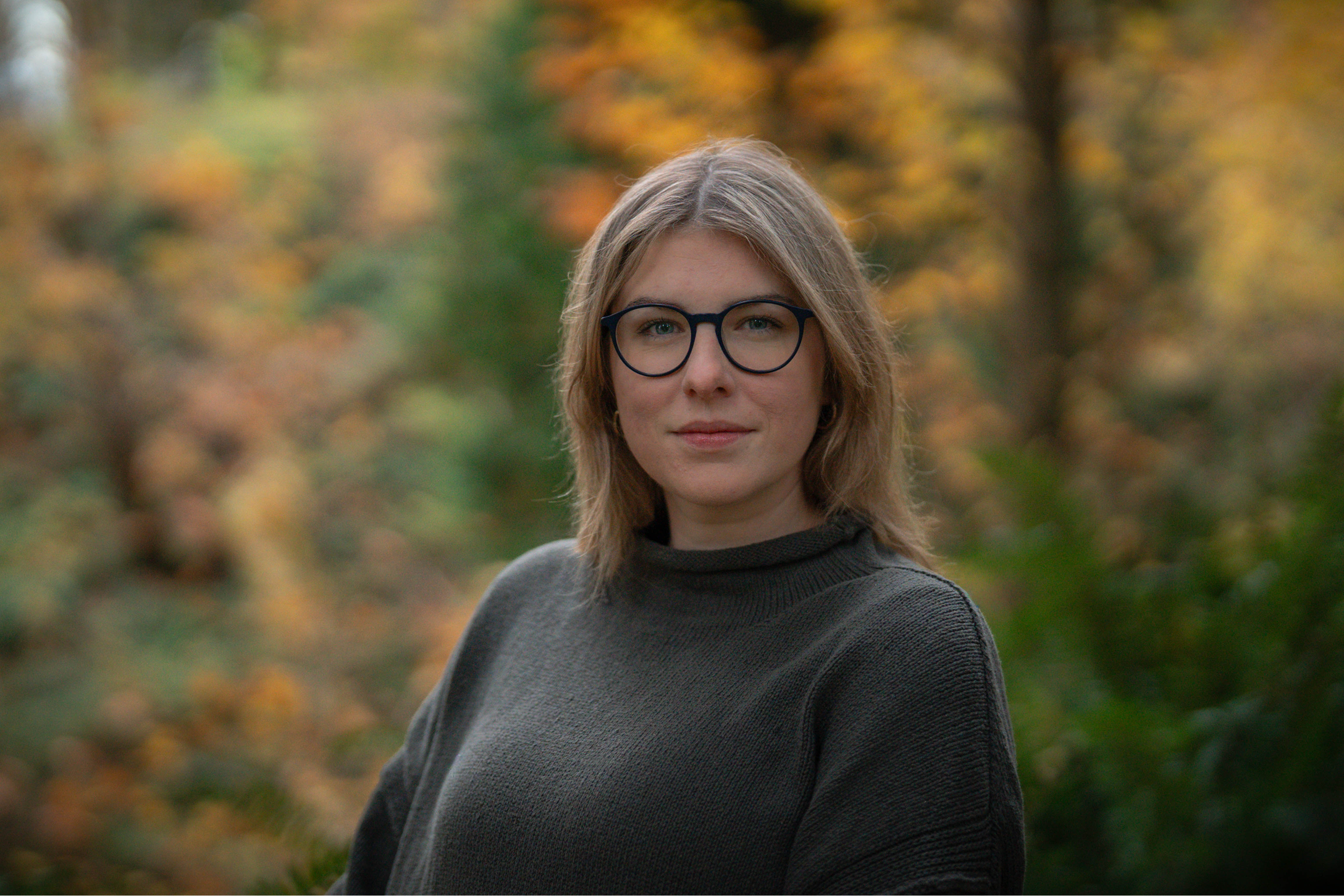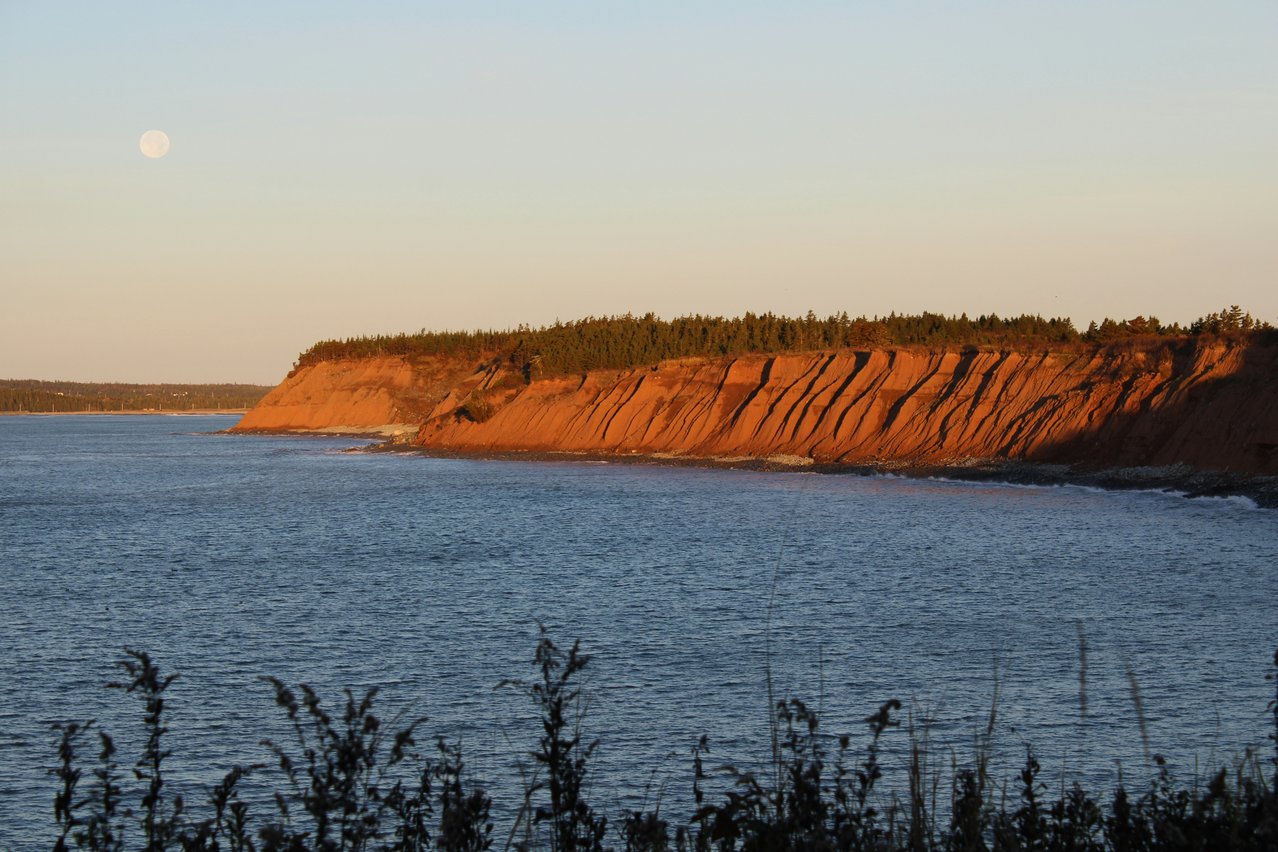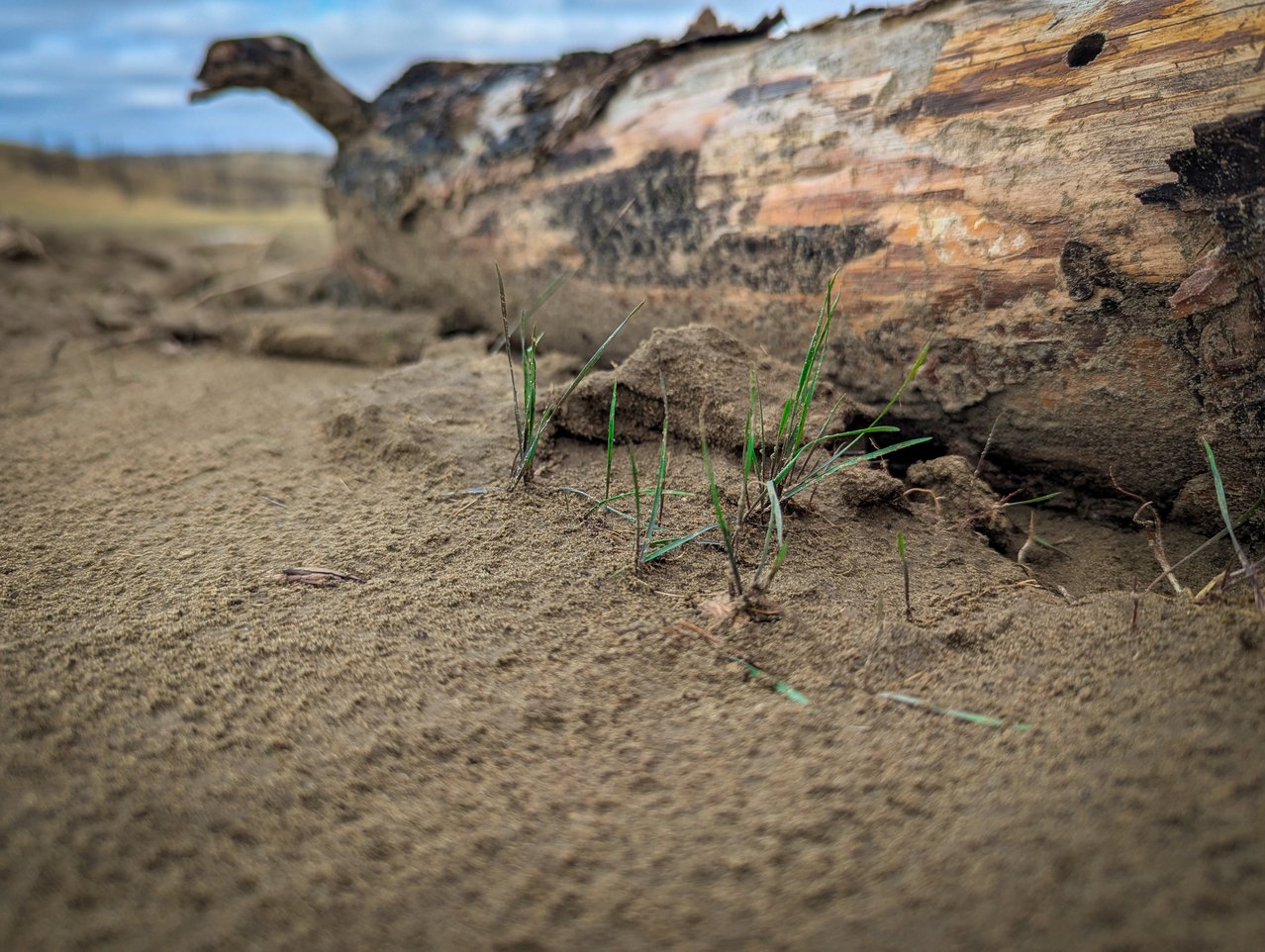
At Mast, our mission is to scale reforestation to mitigate the worst effects of climate change. That work requires a community of collaboration—from landowners to scientists to carbon buyers—all united by a shared mission to make cross generational change happen. This network grows bigger and stronger when underpinned by integrity. Our team is central to upholding that integrity, expanding and strengthening this ecosystem everyday.
As part of our Good People Doing Good Work for Forests series, we’re highlighting stories from our team who have made it their life’s work to protect forests, and the moments that set them on this path.
Meet Maria Huyer, whose dedication to the quality of our product development and the broader carbon market was shaped early on by her childhood fascination and concern for the changing coastline of her Nova Scotia homeland.
Maria is Mast’s Head of Product, and prior to joining our team, she worked at American Forests Foundation.
Carbon as a Product
Maria's path to the carbon market was technical, driven by a desire for measurable impact.
“
I grew up in Nova Scotia. We're surrounded by sea and so that sea level rise was always in the back of my mind. It's always like, how high is it going to rise? How do I stop it? How do I slow it down?
Those early questions took shape during visits to her grandparents’ summer camper near Blomidon Provincial Park, where the world’s highest tides constantly reshape the shoreline. Every few years, the family had to move the camper back from the cliff as it eroded. Those experiences—and the conversations they sparked about erosion and tides—deepened Maria’s curiosity about how natural systems change over time and set the foundation for her later interest in sea level rise.

Sandstone cliffs off the coast of Blomidon Provincial Park
After studying Environmental Science and Geology in University, she completed a post grad program in GIS & remote sensing. This background in data and mapping laid the groundwork for viewing a carbon credit not just as a financial asset, but as a carefully engineered product.
After working for Apple Maps, Maria spent six years at the American Forest Foundation, where she worked to develop carbon programs, and began to apply a product lens to climate work.
“
I focus on carbon credits as a product, understanding buyer requirements and the voice of the customer. My role is ensuring our projects produce the kind of high-integrity credits buyers actively seek—credits grounded in real, measurable climate impact. Upholding that integrity, and knowing the work genuinely moves the needle, is what makes this so exciting to me.
Why Integrity is Non-Negotiable
As a longstanding advocate for market quality, Maria doesn't just manage the product; she fiercely advocates for the integrity across Mast’s work and the wider voluntary carbon market (VCM). For her, high standards are essential for survival.
“
The biggest blocker for the voluntary carbon market, in my opinion, is issues with integrity and making real climate impact… it reduces confidence in the overall voluntary carbon market that the world cannot afford.
This is why, when developing the world's first industrial-scale, post-fire biomass burial project, her focus immediately turned to proving permanence and verifiable additionality.
Building Proof: Beyond the Methodology
Mast’s MT1 project was assigned a BeZero Carbon Rating of A’pre’ in March 2025 , with top marks across key integrity categories: a ‘aaa’ in additionality, an ‘a’ in carbon accounting, and a ‘bbb’ in permanence. MT1 received the highest possible rating in additionality, landing MT1 in the top 1% of ex-post projects on BeZero's ratings list.
With additionality confirmed, Maria's team turned their full attention to permanence, creating a Monitoring, Reporting, and Verification (MRV) plan that has become one of the most robust on the market today—backed by a research partnership designed to multiply learnings across the field.
“
We are working with a number of suppliers for sensors that are super highly accurate, they go above and beyond the Puro specifications. We've really invested in MRV compared to the status quo.
To ensure long-term durability and transparent verification, Mast’s approach combines engineered design with a rigorous monitoring and reporting program.
 MRV sensors sitting upon the closed cap at MT1
MRV sensors sitting upon the closed cap at MT1
Permanence Assurance Design
Mast’s permanence framework is built on engineered precision and long-term stewardship.
- Engineered for Durability: Working with global engineering firms, Mast designed and implemented a low-oxygen, sealed burial chamber to prevent decomposition and ensure carbon stays locked away.
- Scientific Validation: Independent laboratory testing of Mast’s specific wood and soil samples provides data that supports the project’s long-term permanence claims.
- Independent Oversight: The Northwest Permanence Foundation will oversee 100-year monitoring, maintenance, and reporting, ensuring continued data collection and site stability long after credit issuance.
Monitoring, Reporting, and Verification (MRV)
Mast’s MRV program ensures that the burial environment remains stable, measurable, and verifiable over time.
- Continuous Monitoring: High-spec sensors continuously track temperature, humidity in chamber, and gas concentrations above the chamber year-round.
- Periodic In-Chamber Verification: Periodic gas sampling confirms the burial environment remains stable and low-oxygen over time.
The rigorous, high-integrity approach isn't just about good science—it's about unlocking speed and scalability for forest restoration.
“
From the start of construction to credit issuance, biomass burial projects can be completed and verified in under a year.

10M pounds of fire-killed trees placed within the biomass burial chamber at MT1
This is a stark contrast to the 12 to 15 year timeline it can take to generate credits from reforestation. The carbon credit revenue generated quickly through burial acts as a catalyst, making immediate, holistic restoration feasible. This includes reseeding sites with native grasses and planting low-density, wildfire-resistant seedlings to restore ecologically appropriate forests on the land.
Maria’s work is helping Mast deliver a high-integrity carbon removal solution that, for the first time, enables simultaneous funding for large-scale restoration of fire-damaged landscapes.
“
Ecosystem restoration is at the heart of what we do—and biomass burial is the funding mechanism that makes it possible.

Native grasses growing at a microsite on the cap of MT1
Looking Ahead
In the months ahead, Maria and her team, including Technical Manager Tiffani Manteuffel-Ross and PhD scientist Geoff DeRuiter, will continue to develop data and research, creating further assurance for the permanence of this novel solution. Their work represents the next step in building trust in carbon removal—a direct answer to the market’s demand for credits that deliver measurable, verifiable climate impact.
